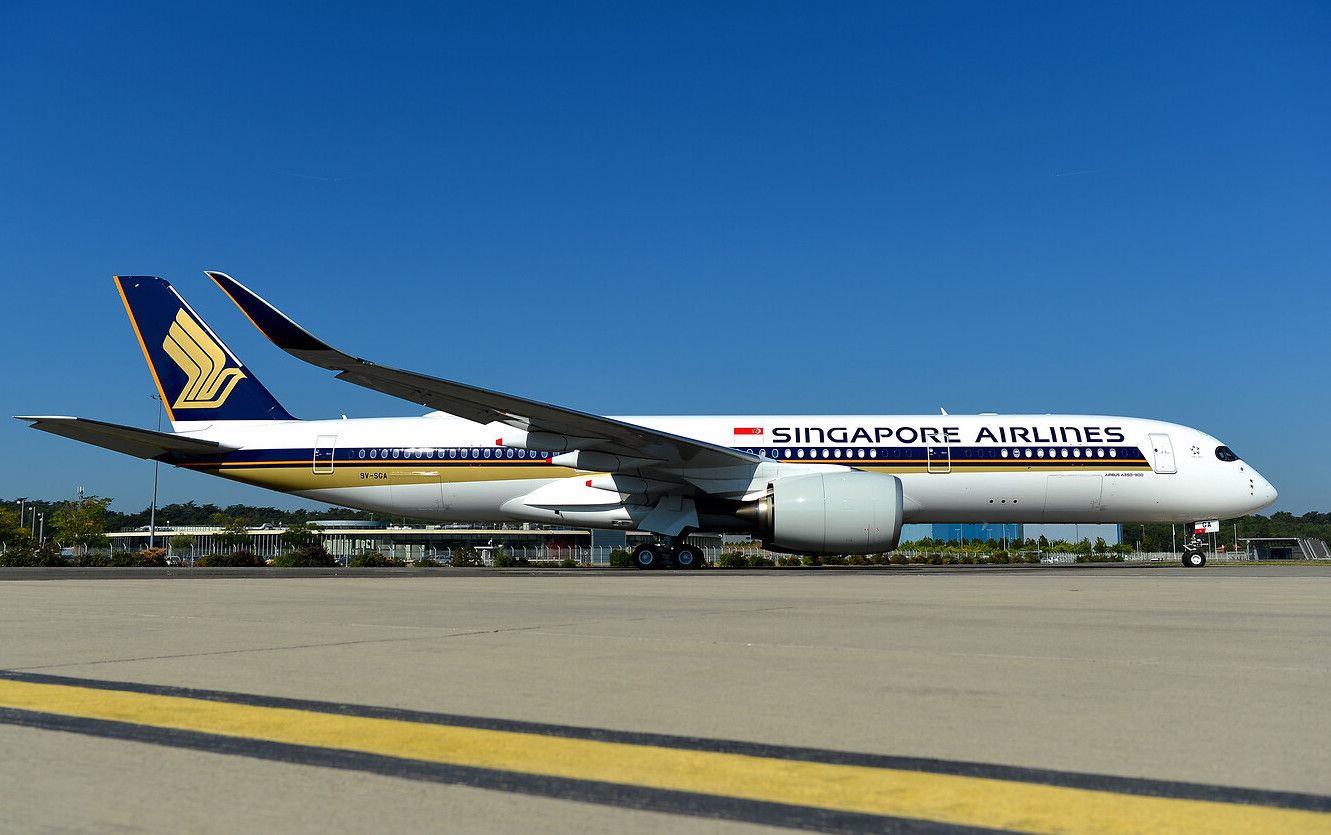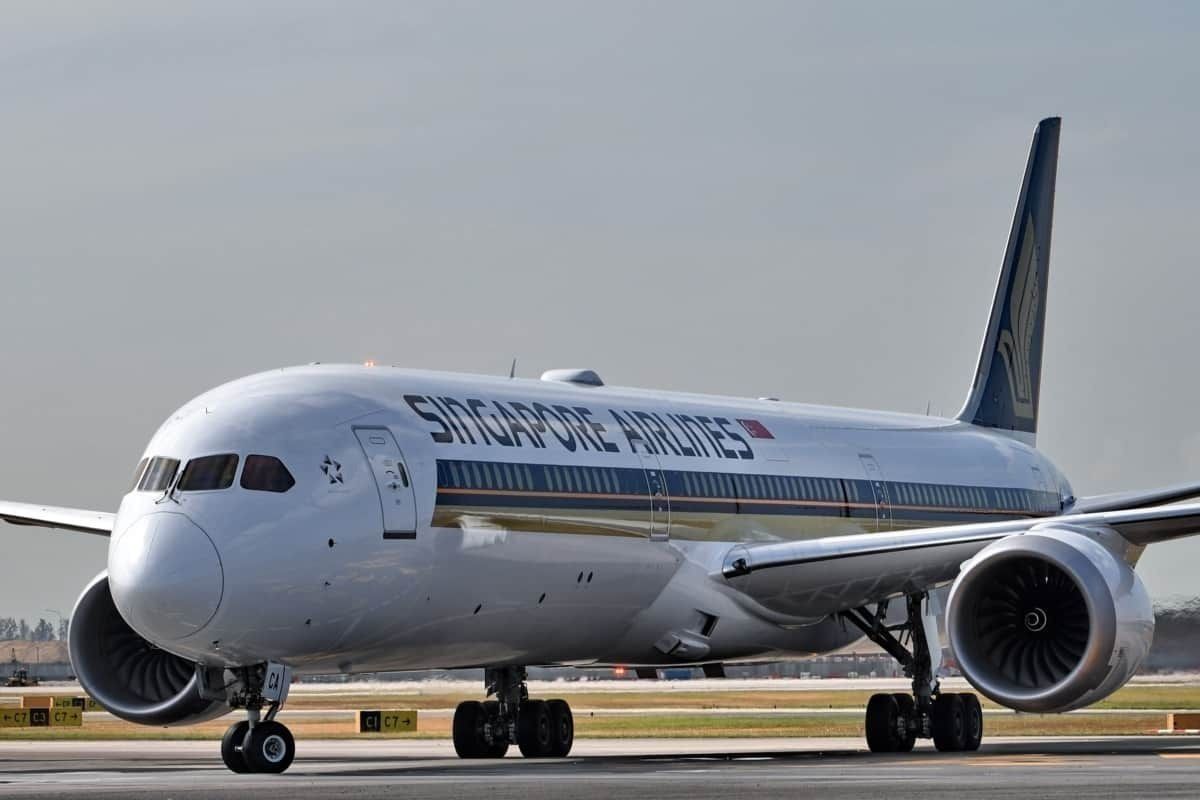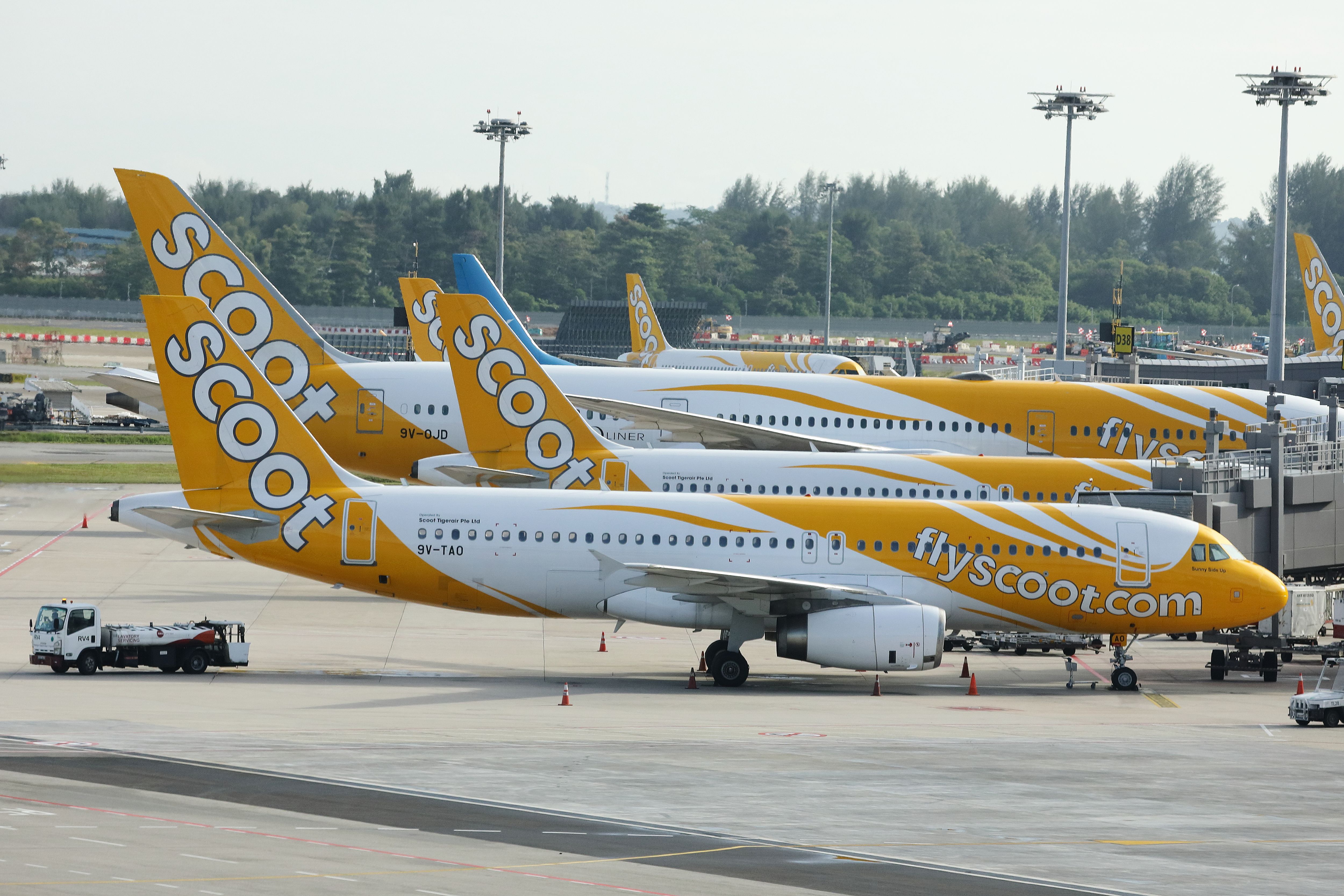During the recent two-day Changi Aviation Summit, Singapore's Transport Minister S. Iswaran emphasized the importance of future sustainability within Changi International Airport. Putting it simply, Changi Airport needs to focus on its competitiveness, efficiency, and sustainability to solidify its value for the future.
Before the pandemic, the global aviation industry contributed about 2% of global carbon emissions. And despite the slower recovery of Singapore's aviation industry, there is no doubt that the emissions contributed will continue to rise eventually once full recovery is achieved and surpassed, as highlighted by Iswaran:
"Once aviation resumes the trajectory it was on before the pandemic, then you must expect that emissions will continue to rise unless we do something about it."
Thus, there is currently a blueprint underway to mark the path for Singapore's aviation sector to become greener.
The green print
Also known as the Singapore Sustainable Air Hub Blueprint, the blueprint is being developed by an international advisory panel purposely set up to drive the development and eventual publication. Chaired by Professor Chong Tow Chong, the president of the Singapore University of Technology and Design, the panel studies various aspects such as sustainability in the airport, airline, and traffic management. It also does deep-dive workshops, and identifies projects and pilots for Singapore and the region.
In addition to comprising 19 other members, including top executives from the Civil Aviation Authority of Singapore (CAAS), the panel is also further divided to consist of three sub-committees.
However, going green isn't that easy due to the unknown costs needed to incorporate specific measures. Going forward with sustainability could disrupt the economic viability of Singapore, which is why the international panel advisory is a vital part of the blueprint. It includes a varied range of voices to ensure the viability of new ideas, as highlighted by Iswaran:
"There is a lot of effort around green financing, and we want to see how we can unlock some of that for the purposes of aviation and in innovation in this space towards the end of sustainable global aviation."
Set to be ready by next year, the blueprint will include sustainable goals for 2030 and 2050 and details on how to get there, in line with Singapore's plans to peak emissions around 2030, and halve emissions from their peak another 20 years later. Moreover, the blueprint will be backed by possible routes that both the Singapore government and the private sector can commit to.
The use of Sustainable Aviation Fuel
Besides the blueprint, Iswaran further emphasized other ways to reduce the emissions from Singapore's aviation sector, including work in aspects such as electrification, energy efficiency, and tapping deeper into renewable energy sources. This is particularly so for airline operations, whereby Sustainable Aviation Fuel (SAF) has been the primary solution in helping airlines worldwide reduce emissions.
The SAF comes from renewable raw materials like cooking oil or animal fat from food waste in Singapore's case. American oil and gas company ExxonMobil supplies the SAF mix and is set to deliver it to Changi Airport via an existing fuel hydrant system by end-July. After which, all Singapore Airlines and Scoot flights departing from Changi will be using a blend of refined jet fuel and SAF in a one-year pilot scheme. Approximately 2,5000 tonnes of carbon emissions are expected to be reduced during the year.
However, Iswaran wishes for Singapore to take a step further in the use of SAF by looking into how the country can contribute to the use and overall production of SAF, as he comments:
"This is something that requires a systemic solution because it's not just about an airline design because you need resources, the feedstock, the manufacturing [capabilities], and the ability to have that delivered to the fuel system in the airport. So it is an effort that requires a systemic level of response. That is an example of the kind of things we are looking at."
Singapore has partnered with Finnish producer Neste, enabling the latter to set up a facility in Singapore. Once completed in the first half of next year, the SAF facility will be able to produce up to one million metric tonnes of SAF, ensuring that Singapore will have the world's most extensive SAF production capacity. As for the materials needed to produce the SAF, Singapore's proximity to Indonesia and Vietnam will be of great help in getting rice and palm oil waste.
The greener line
The small size of Singapore means that air travel is undoubtedly the quickest and most feasible mode of international transport, which is why it is significant that Changi Airport is making an effort to tap further into sustainable measures. Eventually, the airport wishes to become a hydrogen hub and supply enough hydrogen to power aircraft. However, the wish does come with a hefty price tag, as hydrogen is a lot pricier than natural gases and aviation fuel.
Thus, towards the end of last year, Changi Airport partnered with Airbus to oversee the launch of a technical feasibility investigative analysis of an airport hydrogen hub and the infrastructure requirements to support future hydrogen-powered aircraft operations. Focusing on the production, storage, and distribution of hydrogen, aircraft ground services, logistical equipment, and refueling systems, results from the investigation will be considered in policymaking, infrastructure planning, and future industry development.
Source: The Straits Times



